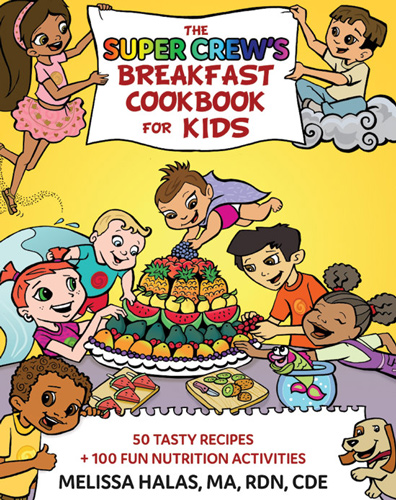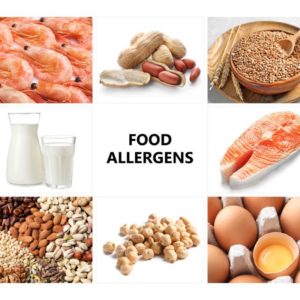
If your child was diagnosed with a new food allergy, it’s essential to know key ingredients of common food allergies in children. Here are key names to keep handy.
Food allergy awareness week is May 9 – May 15 so it’s a perfect time to dive into the ins and outs of food allergies. While a person can be allergic to many foods, there are 8 common food allergies in children that account for over 90% of all food allergies – milk, eggs, soy, wheat, peanuts, tree nuts, shellfish, and fish.
Reactions can range in severity. Some children are extremely allergic, while others are not. Work with an allergist and dietitian to be prepared, and always carry your required treatment plan (i.e., epi-pen, anti-histamine, or other medications your physician has prescribed). If you have an infant who is still breastfeeding or is starting on solids, take a look at how to prevent food allergies, how to prevent peanut allergy, and the best time to introduce peanuts to your child.
Common Food Allergies in Children – Ingredients to Avoid
Here’s a guide to help you better understand common food allergies and where an allergen may be hiding.
| Allergen | Ingredients to Avoid |
Milk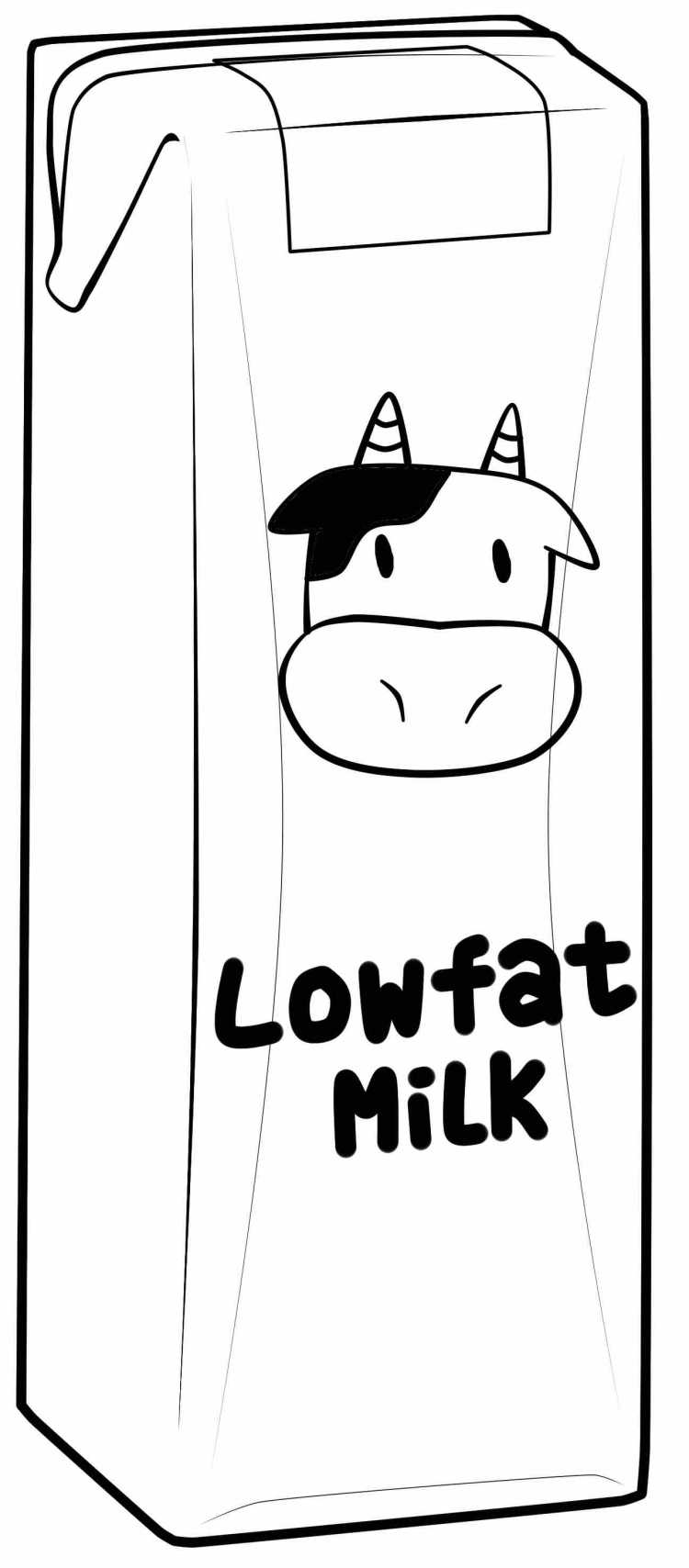 | Milk products: milk, cheese, yogurt, cream (half & half), sour cream, cottage cheese, cream cheese, butter, ghee, nougat, custard, paneer, chocolate, pudding (1,2) Milk derivatives: casein, whey (all forms), curds, lactoalbumin, lactoferrin, lactoglobulin, lactose, lactulose, rennet, diacetyl (1,2) Potential foods with milk: Margarine, tuna fish (some brands may include casein), non-dairy milk products manufactured in the same facility as milk, foods cooked with butter at restaurants, medications that have milk protein (2) Cream of tartar does not contain milk |
Eggs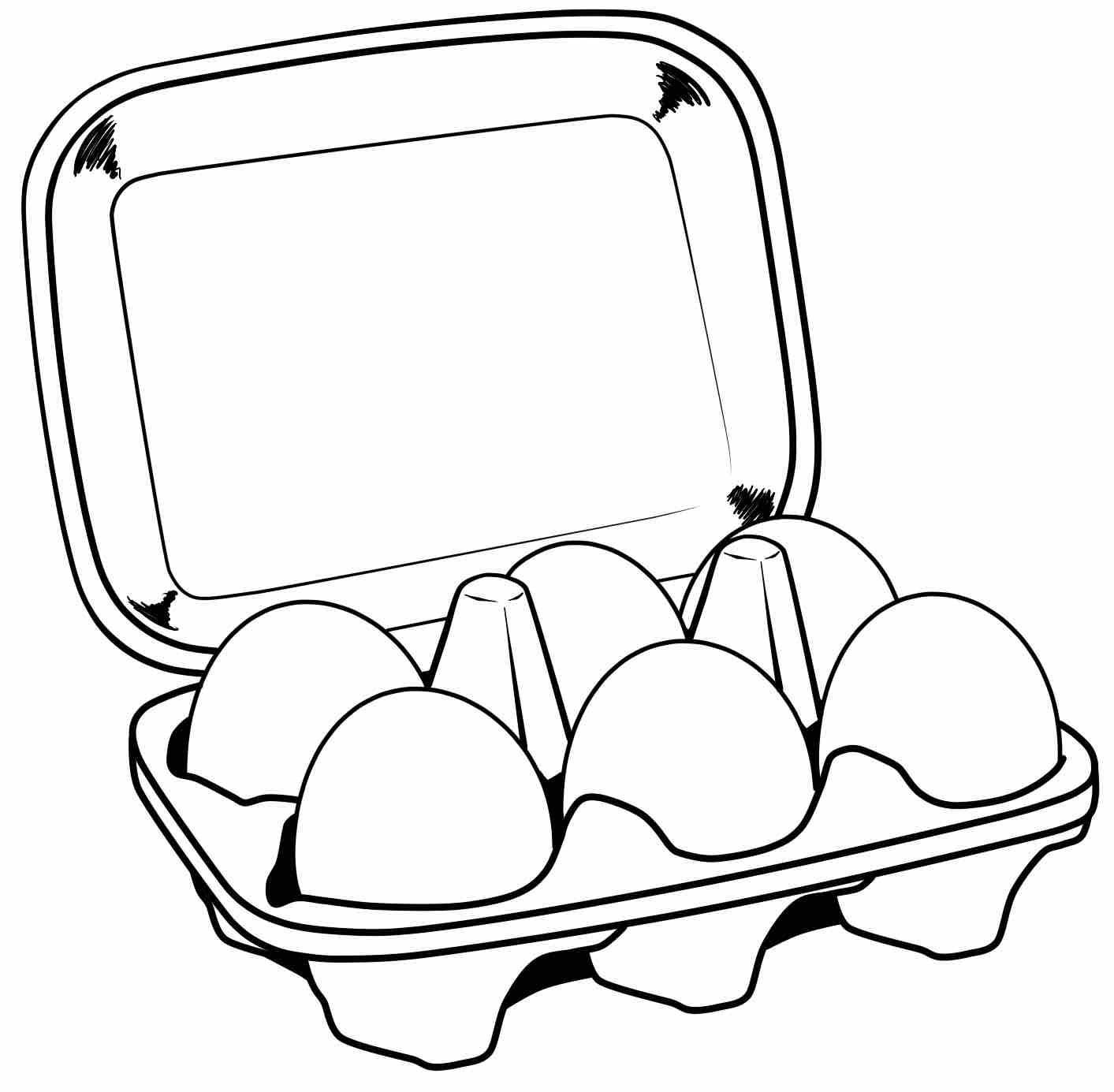 | Egg Proteins: albumin, vitellin, globulin, livetin, lysozyme, surimi, ingredients starting with “ovo” or “ova” such as ovoglobulin, ovovitellin, etc. (“ovo” means egg) (3) Egg Products: egg, eggnog, mayonnaise, meringue, pasta, baked goods, marshmallows, marzipan, ice cream, meatloaf or meatballs, simplesse Lecithin, nougat, and many fat-replacers may contain egg. Some pasta can also contain egg. Medications and immunizations may contain egg. Check with the manufacturer, doctor, or pharmacist to be sure. |
Peanuts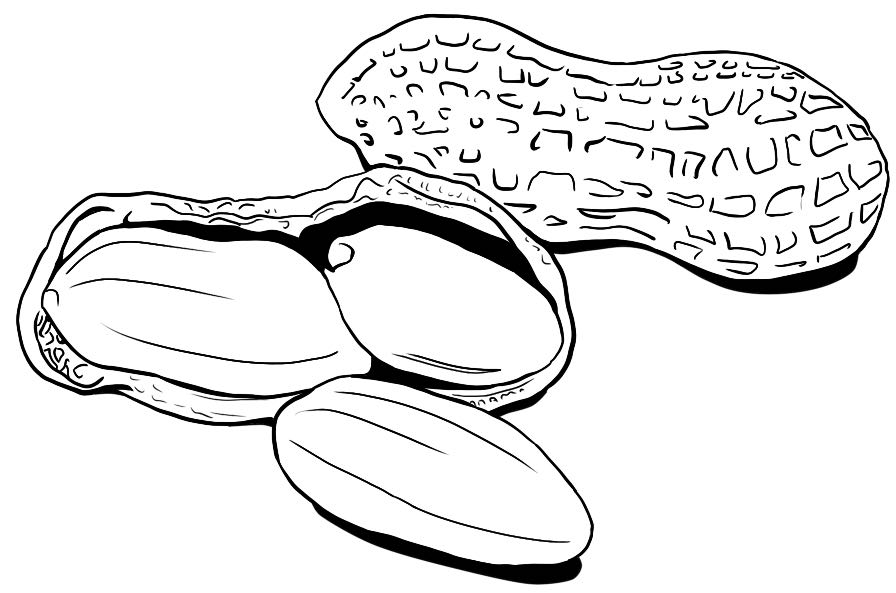 | Peanuts, peanut flour, peanut butter, arachis oil (peanut oil), artificial nuts, cold-pressed, expeller-pressed, or extruded peanut oil, earth nuts, ground nuts, hydrolyzed peanut protein, goobers, hypogaeic acid, mandelonas, lupine/lupines albus, artificial flavoring, candy, crumb toppings, beer nuts When dining out, make sure to ask how food are prepared. Many vegetarian food products may contain peanuts as well, so read labels carefully. (4) Products with sunflower seeds and soy nuts are often produced in facilities that process nuts. Be sure to check with the manufacturer before consuming. (1,4) |
Tree Nuts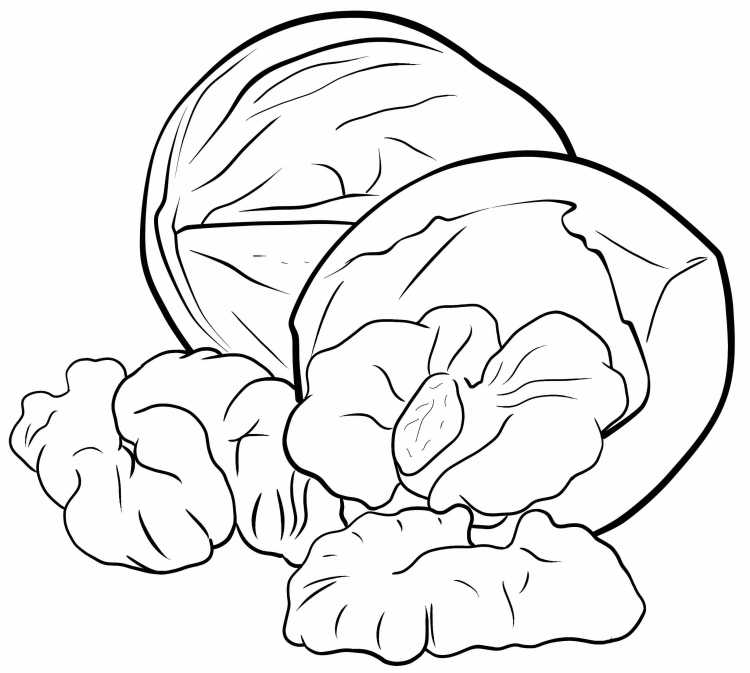 | Tree nuts: Walnuts, almonds, pecans, pistachios, hazelnuts, cashews, Brazil nuts, pine nuts, coconut (some children are okay eating this), beechnut, butternut, chestnut, Gingko nut, lychee nut, macadamia nut Tree nut ingredients or products: nut milk, marzipan/almond paste, nut extract, nut oil, pesto (this usually contains pine nuts or walnuts), praline, |
Soy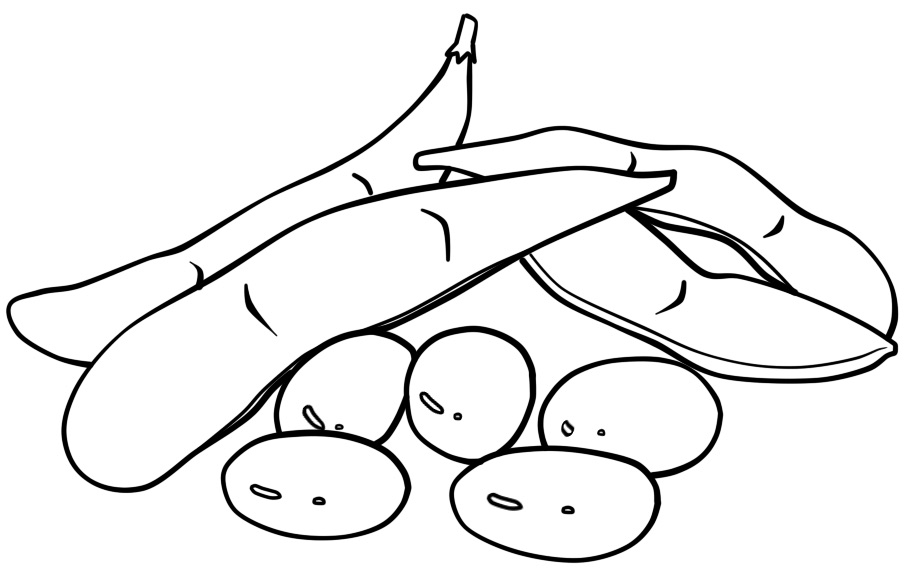 | Soy products: Any ingredient with the word soy, soy lecithin, edamame, kinnoko flour, kyodufo, miso, natto, okara, shoyu sauce, soya, soy protein, supro soy protein, tamari, tempeh, teriyaki sauce, textured vegetable protein (TVP), tofu, yaki-dofu (grilled tofu), yuba, soy ice cream, soy yogurt. Also watch for cold-pressed, expeller-pressed, or extruded soybean oils. Highly-refined varieties are probably okay. Asian food items are at high risk for cross-contact. (5) Learn more about soy. |
Wheat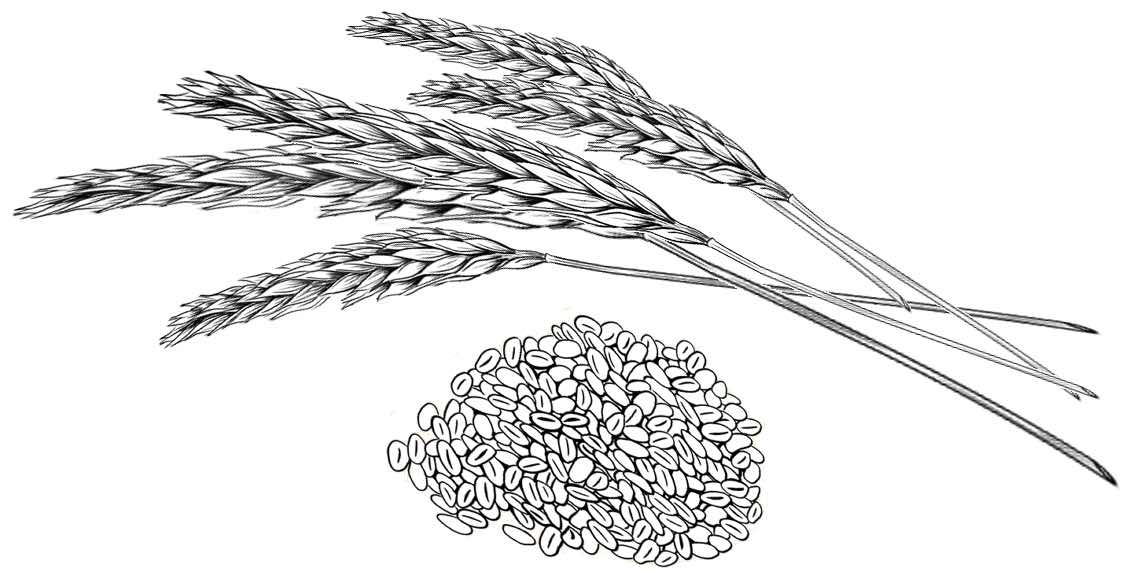 | Wheat ingredients: bran, cereal extract, germ, gluten, malt, vital gluten, and anything with the word wheat in it. Wheat products: wheat-based flours, bread crumbs, breaded foods, wheat-based cereals, bulgur, durum flour, farina, fu, matzo, pasta, seitan, tabbouleh, einkorn, emmer, freekeh, matzoh, kamut, semolina, spelt, triticale, triticum, soy sauce. Wheat can also be found in Play-doh, modeling clay, some finger paints, and glue. Wheat can be hiding in many different food products, especially in the form of gluten, so make sure to look at ingredient lists. Even though buckwheat has wheat in its name, it doesn’t contain any wheat! |
Shellfish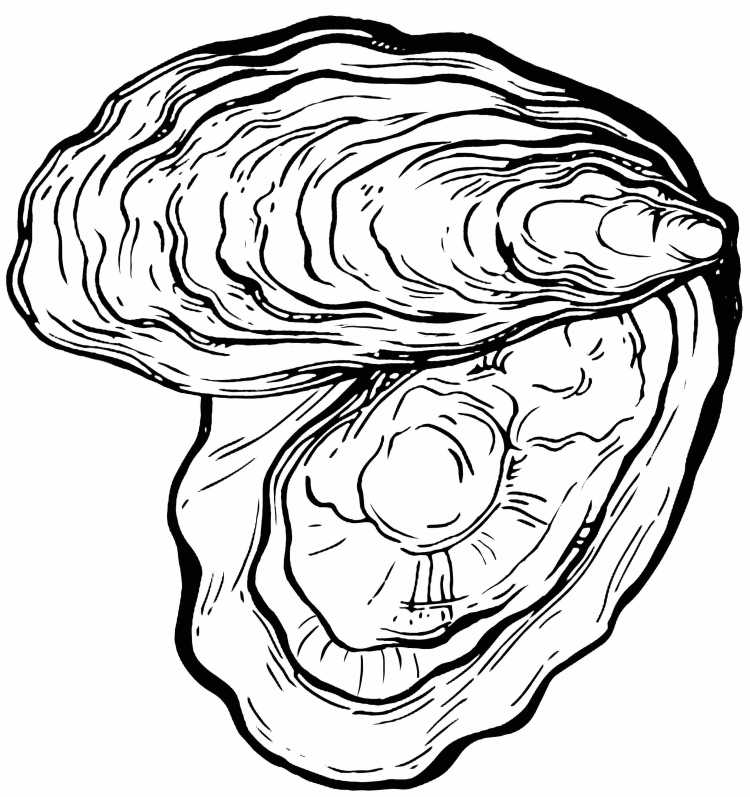 | *Crustacea and mollusks: Shrimp, crab, lobster, clams, muscles, scallops, oysters, crawfish, prawn, octopus, sea urchin, snails, squid, abalone These may be hiding in dishes, always ask if’s shellfish-free *Some people are only allergic to crustacea, but your doctor will likely advise you to avoid both crustacea and mollusks. |
Fish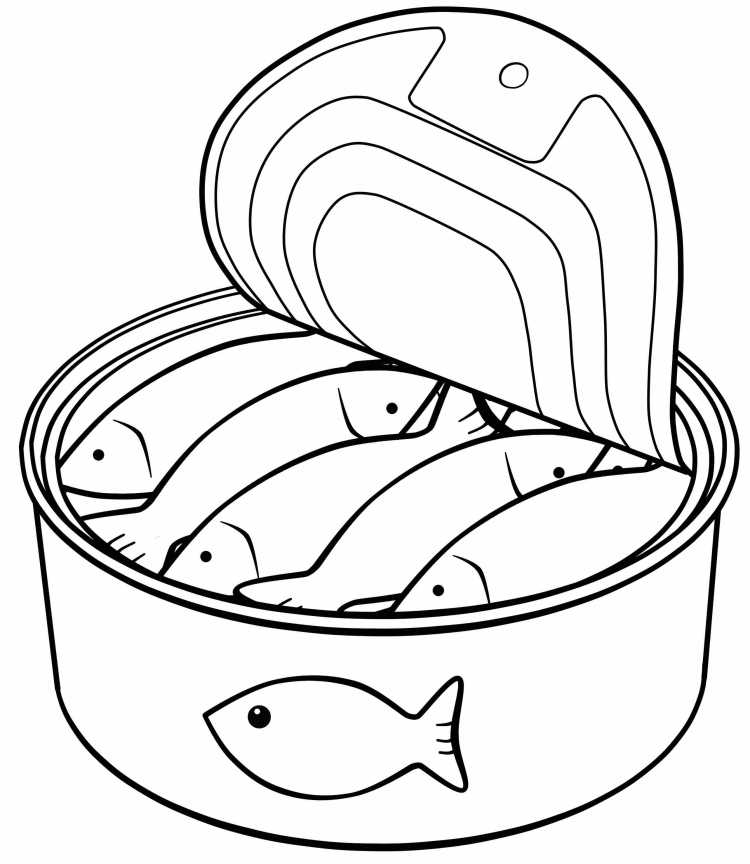 | Common fish: tuna, salmon, cod, Mahi mahi, anchovies, bass, catfish, flounder, grouper, haddock, halibut, herring, sole, snapper, swordfish, tilapia, trout. This is not a complete list since there are over 20,000 different types of fish. (6) Fish products: fish oil, fish gelatin, fish sauce, surimi (7) Beware of fish hiding in dressings and sauces. Always check the ingredient label. Ask about preparation methods at restaurants to avoid cross-contact. |
Cross-Contact of Food Allergens
Cross-contact occurs when one food comes in contact with other food and their proteins mix. Although it may not be visible to you, this tiny amount of protein can cause a reaction in people with food allergies. Cross-contact can occur in shared manufacturing or packing facilities, and it can also occur at home or when dining out. To prevent this from happening, there are two main things to focus on:
- wash hands properly (not alcohol-based sanitizer)
- prepare meals with kitchen and serving ware that has been thoroughly washed with soap and water and dried with a new dish towel
You’ve likely heard of the term cross-contamination, but why do you also hear cross-contact? Cross-contact is a term that is now used more frequently in place of cross-contamination. The main reason is that cross-contamination is a term used to describe the cause of foodborne illness, rather than two foods coming in contact with one another.
Read more about food safety and kitchen tips here.
What food allergens are in your house?
It’s time to search through your house for hidden food allergens!
- Choose 3 of your kids’ favorite packaged foods you keep in stock.
- Find your kids’ allergen on this chart and look at the ingredients that usually contain that allergen.
- Then look at the ingredients list of their 3 favorite foods. Do any of them have the words listed?
Now that you know how to search for different names of your food allergens make label reading a habit to make sure you avoid foods with your kids’ allergen! Keep your “Foods to Avoid” list on your kitchen table, purse, and child’s backpack so that you know which foods to keep an eye out for! Many children outgrow food allergies, like egg, milk, and soy. It’s less likely that your child will outgrow fish, shellfish, peanuts, and tree nuts; however, you can get food allergies retested later in life.
To get started with fun new allergy-friendly recipes, check out The Super Crew’s Breakfast Cookbook for Kids! Then take a peek at our other allergy-friendly snacks and treats.
If you’re interested in more information about allergens in kids, check out one of the articles below:
